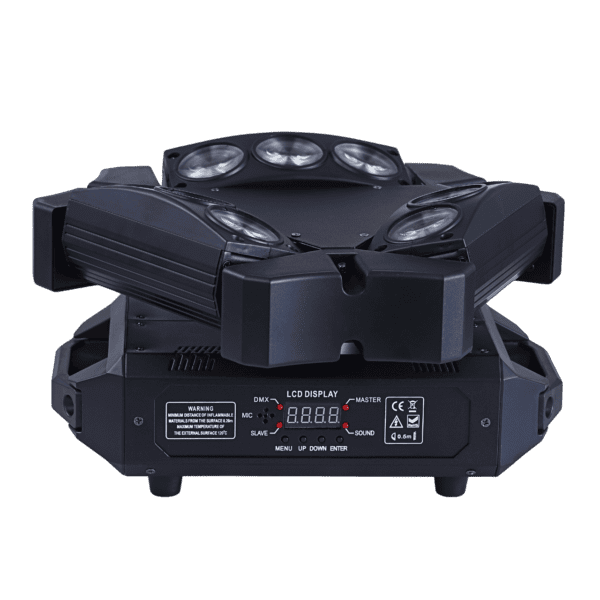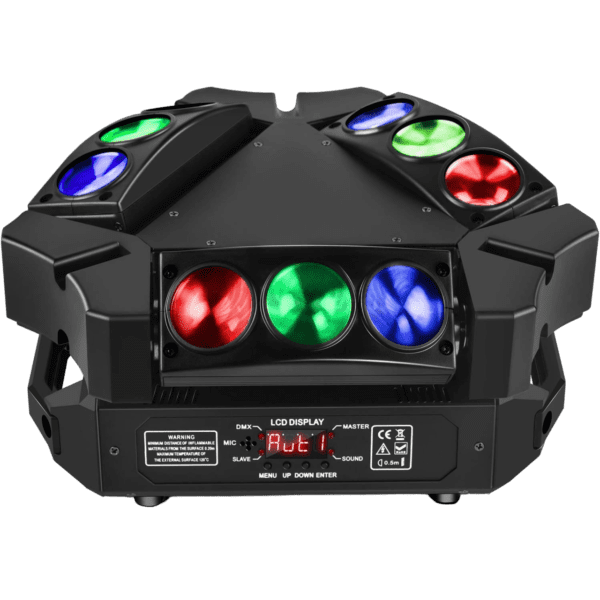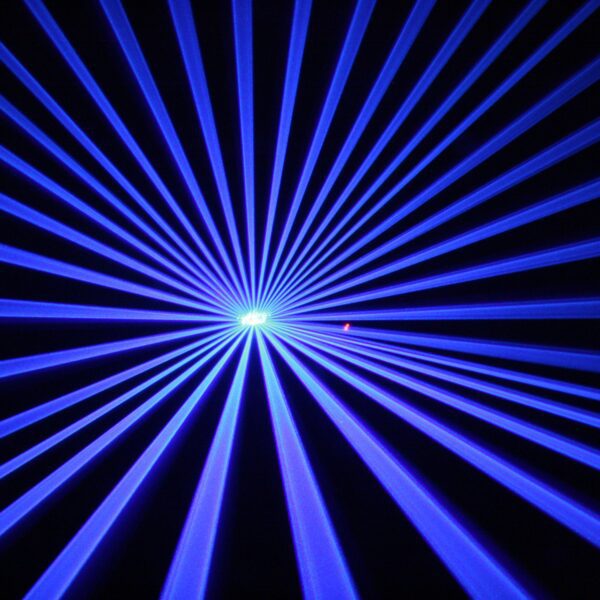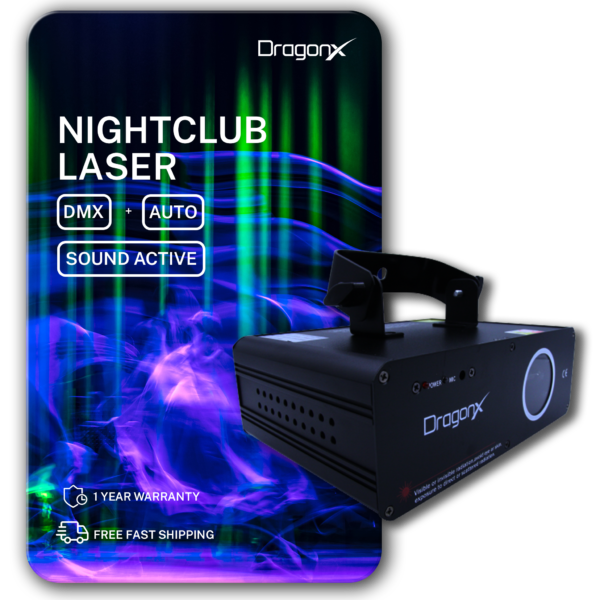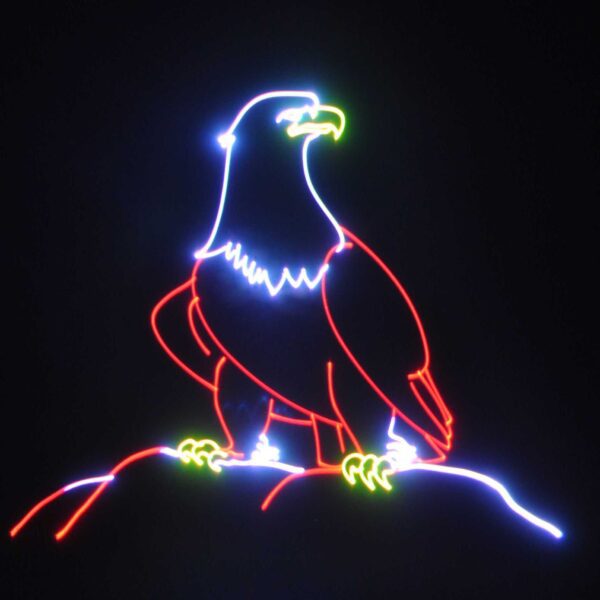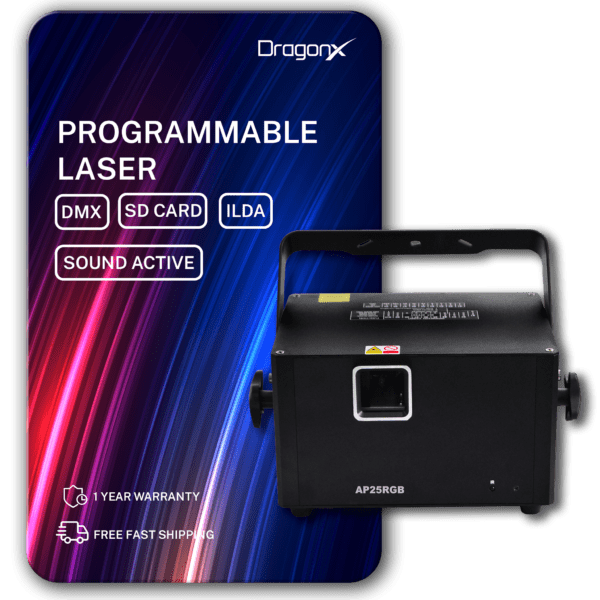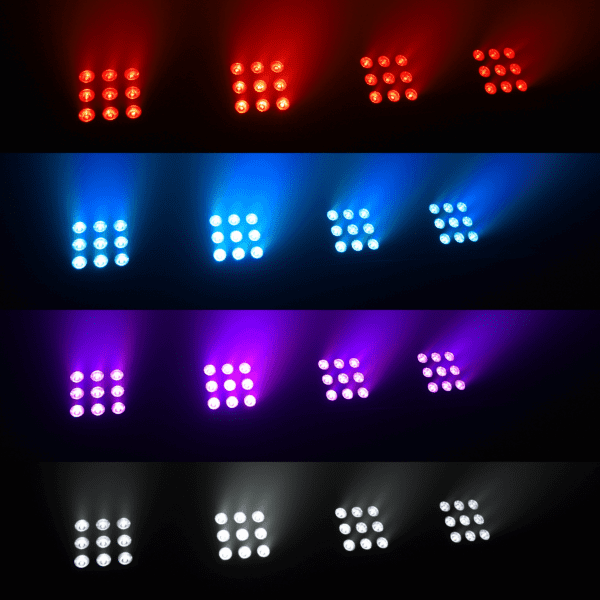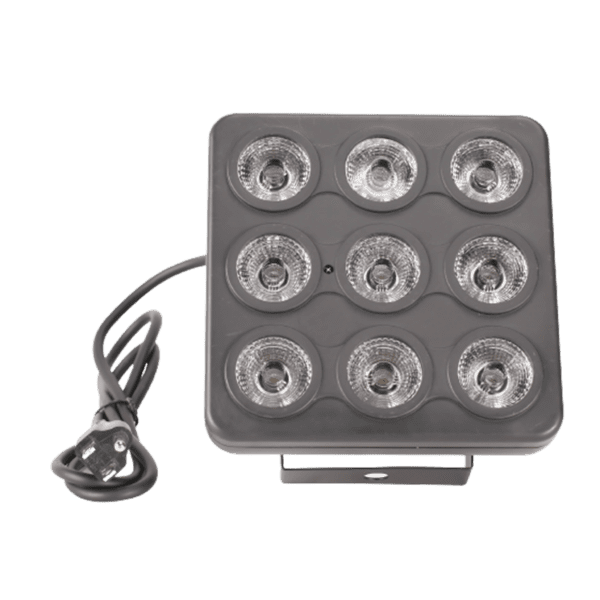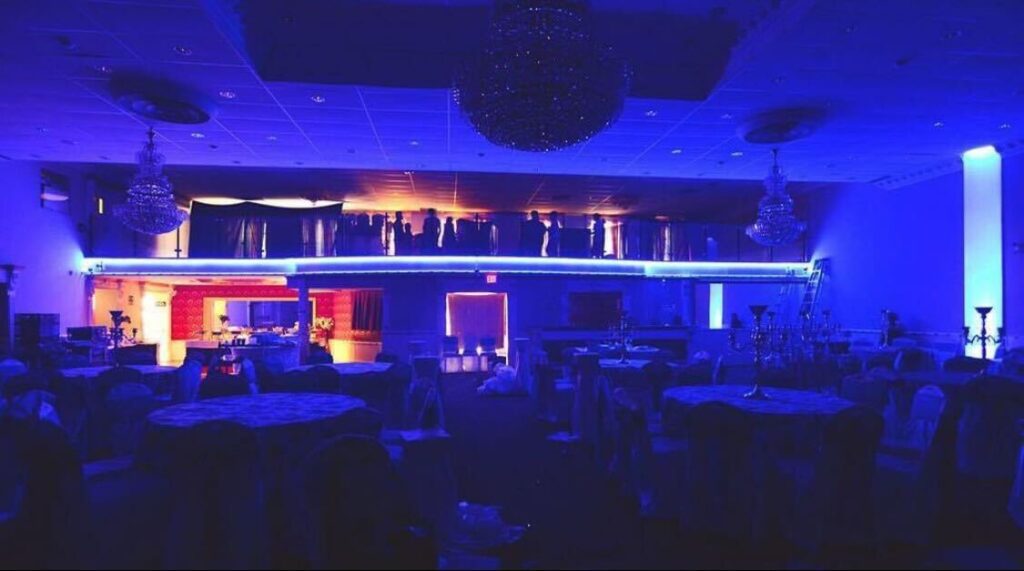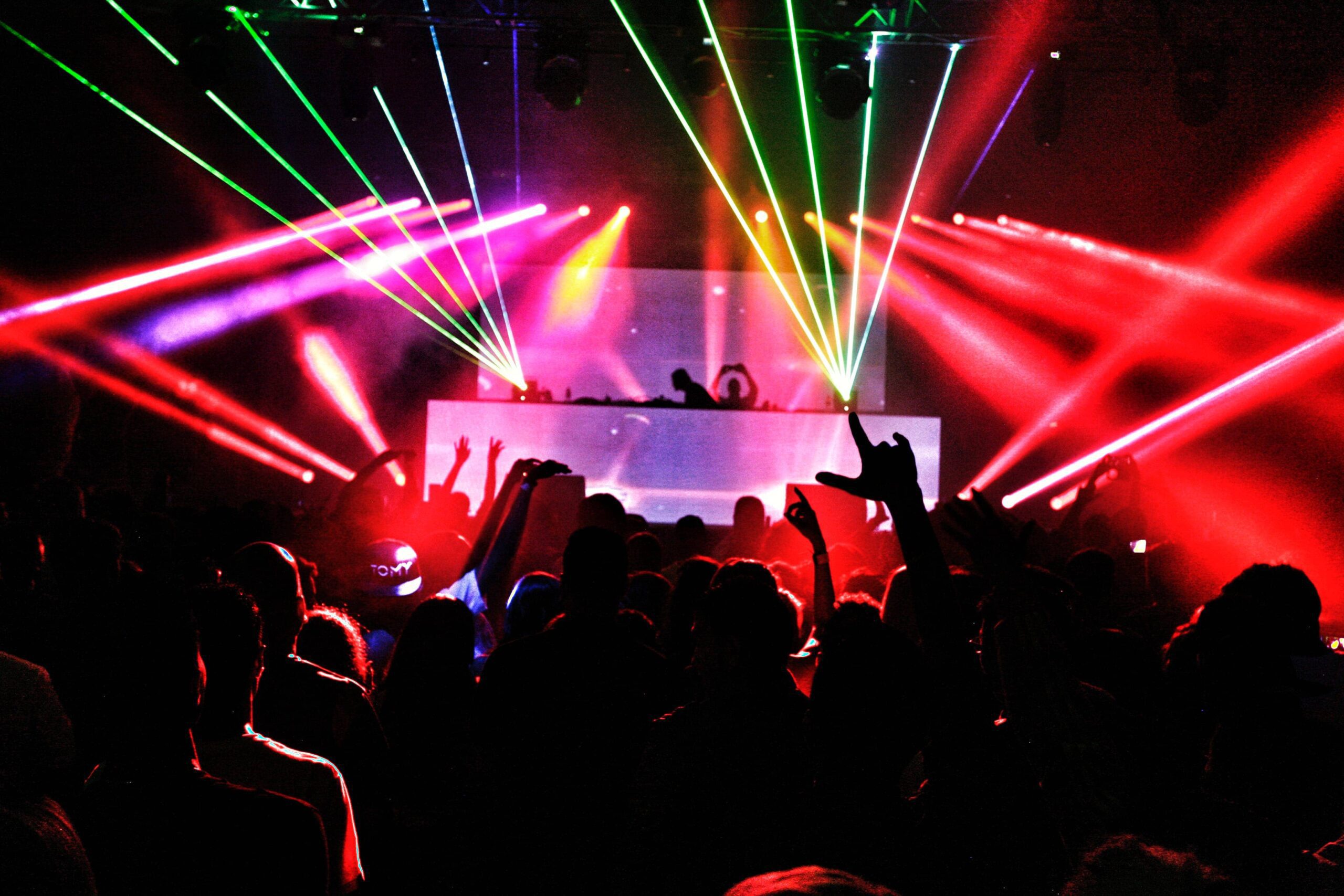Livestreaming has become a popular way for people and brands to engage with an audience. In one survey, it was found that 82% of consumers prefer to watch a live video instead of checking a brand’s social media profile. In the same survey, 67% of the consumers stated that quality remains the most crucial element that affects their viewing experience.
There are several factors that can affect the overall quality of a livestream. Sure, camera quality and position are crucial, but you should avoid overlooking the role that your lighting setup plays. We take a closer look at a few strategies that can instantly improve the appearance of your livestream – particularly related to the lighting in the area.
Best Lighting Technique For A Livestream
There are several factors that contribute to the lighting in a livestream setup. Whether you are streaming from home or a professional studio – you need to focus on both the equipment used as well as the technique.
There are different lighting techniques that can be used when setting up your streaming environment. While it may be tempting to experiment with different strategies, it is generally found that a three-point lighting system works best. There are several benefits to this particular lighting system. It is very simple to set up – particularly compared to some of the other techniques that can be utilized.
The three-point system is considered traditional. The strategy allows for a particular subject to be put into the focus – which will generally be you during the livestream. With just a few modifications, the three-point lighting system can be customized to ensure an additional subject can also be illuminated effectively.
As the name of the strategy suggests, the technique uses three sources of lighting. It is, however, important to note that three different types of lighting are generally used with this strategy. These three include a backlight, a fill light, and a key light.
In some cases, particularly with a larger studio where multiple subjects need to be in focus, a four-point lighting system may be used instead. This system introduces one extra lighting source in order to ensure the environment can be effectively illuminated.
It should be noted that with either a three or four-point lighting system, there isn’t an exact formula that works for every situation. Instead, use the fundamentals as a guide – then adjust the lights until you get that perfect spot for each.
For example, to reduce the appearance of blemishes on the subject, an off-center placement is often used for the key light. Softer light is also used in this particular case.
To create lighting that fits a darker theme or drama aspects, a sharper key light is often used. This type of light would create sharper edges and shadows but would not be as effective in masking the appearance of blemishes.
Choosing Lighting Equipment For A Livestream
The position of lights when setting up a three or four-point system is important. At the same time, look closely at the specific equipment that you are going to be using. There are different types of lights that can be used for each point in the lighting system. The lights and additional accessories suitable for your studio depend on certain factors. For example, the DragonX Professional LED COB Ellipsoidal Stage Light can be a great option if you want to set up a multi-point lighting system.
The multipurpose design can also make it a good option for light emission from different angles – which can help to illuminate a specific subject in the livestream.
The multipurpose design can also make it a good option for light emission from different angles – which can help to illuminate a specific subject in the livestream.
Once the base lights have been installed, it is also important to add additional effects to the livestream. Many people enjoy the use of colored lights when they are setting up a livestream. The DragonX Horizontal RGBA LEDs Washer Slim Bar, for example, adds multiple colored lights to the environment. The slim design provides versatile mounting options as well.
The Importance Of Testing Before Going Live
After the lighting in a studio has been configured, it is important to take one more step before hitting the live button. A livestream is instantly shown to the entire audience – which means any problems that you face during the stream will be seen by every single viewer.
This is why we generally take some time to practice beforehand. We would read our lines and go through the entire stream before we go live. Sure, this helps you be better prepared – but check the quality of the video stream before you go live too.
In particular, do a quick recording and then play it back. This will give you the ability to see how your stream will look to the audience. Be sure to take a closer look at how the lighting looks in the video. If you have a monitor used during the stream, you can use this to check lighting and make adjustments with instant feedback.
Conclusion
The speed of your internet connection and the camera you use as the primary factors you may consider when focusing on the quality of your livestream. The lighting setup, however, also affects the overall viewer experience. Consider the tips we shared to help improve the lighting used during a livestream session.
References
https://livestream.com/blog/live-video-statistics-livestream
https://www.masterclass.com/articles/what-is-three-point-lighting-learn-about-the-lighting-technique-and-tips-for-the-best-three-point-lighting-setups#what-is-threepoint-lighting




